Summer mid-day, everyone in Tucson appreciates a bit of green vegetation and shade. Making the ‘shaded playground’ at Arthur Pack Regional Park (north side of town), with its scant lawn and grove of mature mesquite trees, not a bad place for birding.
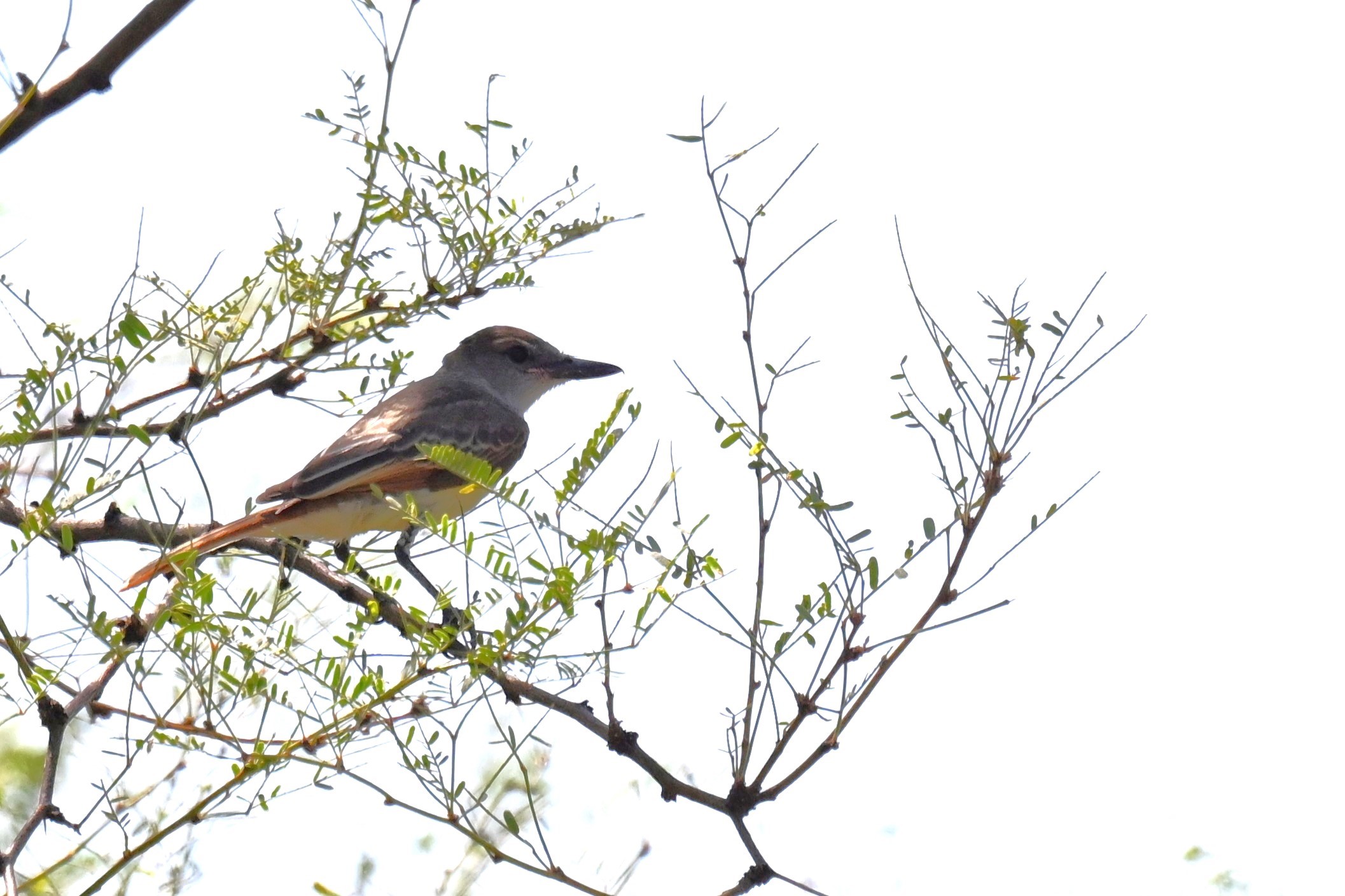
Couple shots immature Verdin:
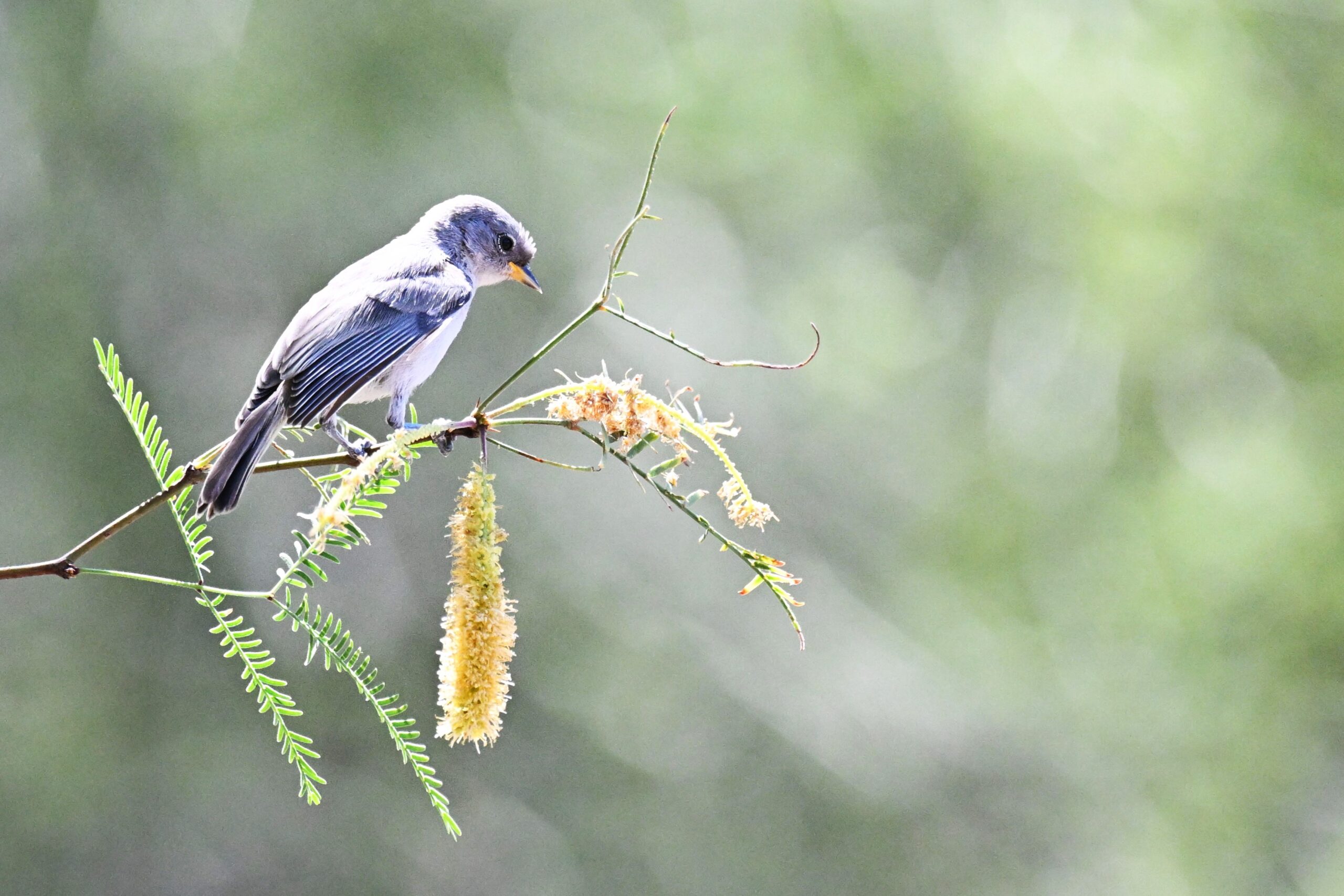
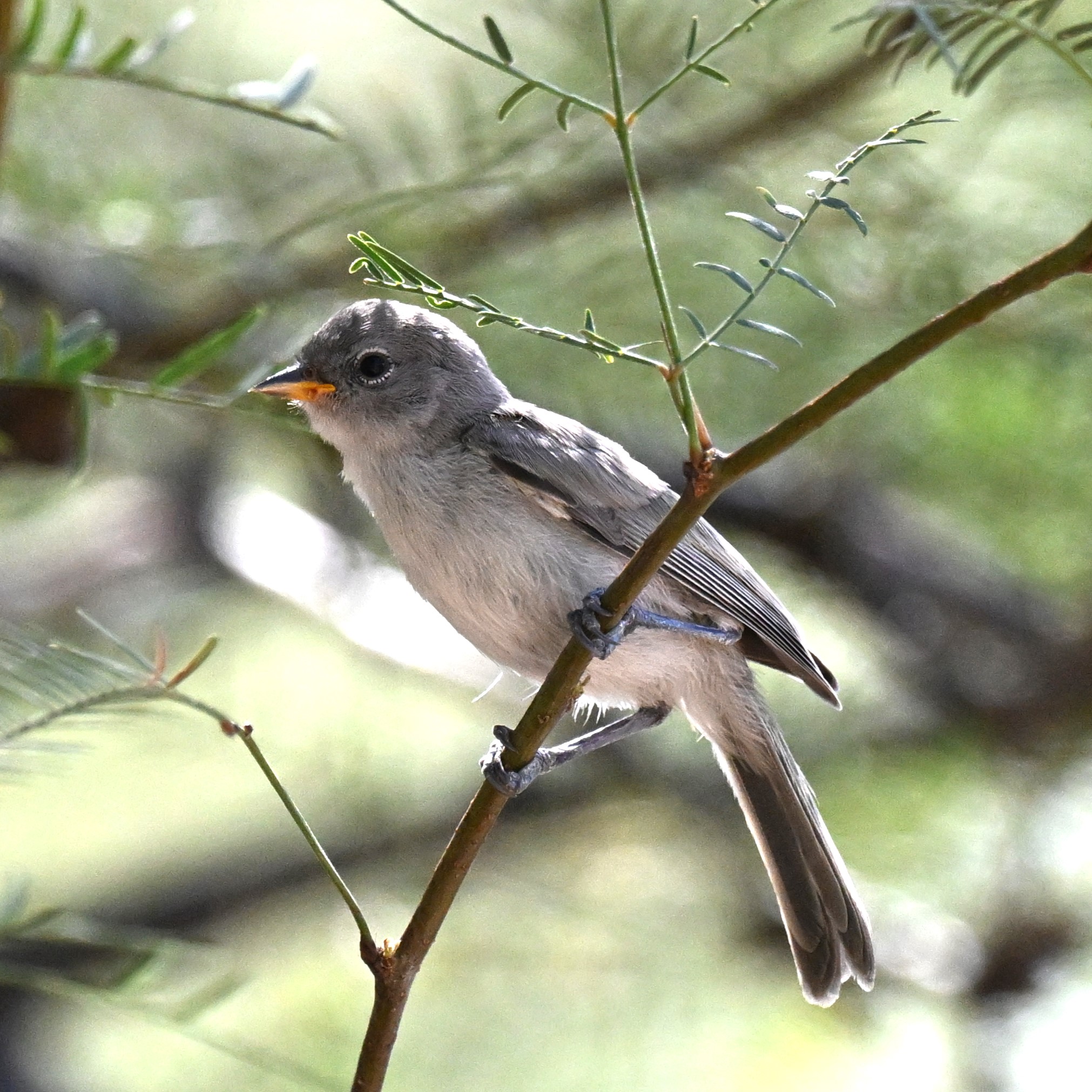
And mature Verdin for comparison:
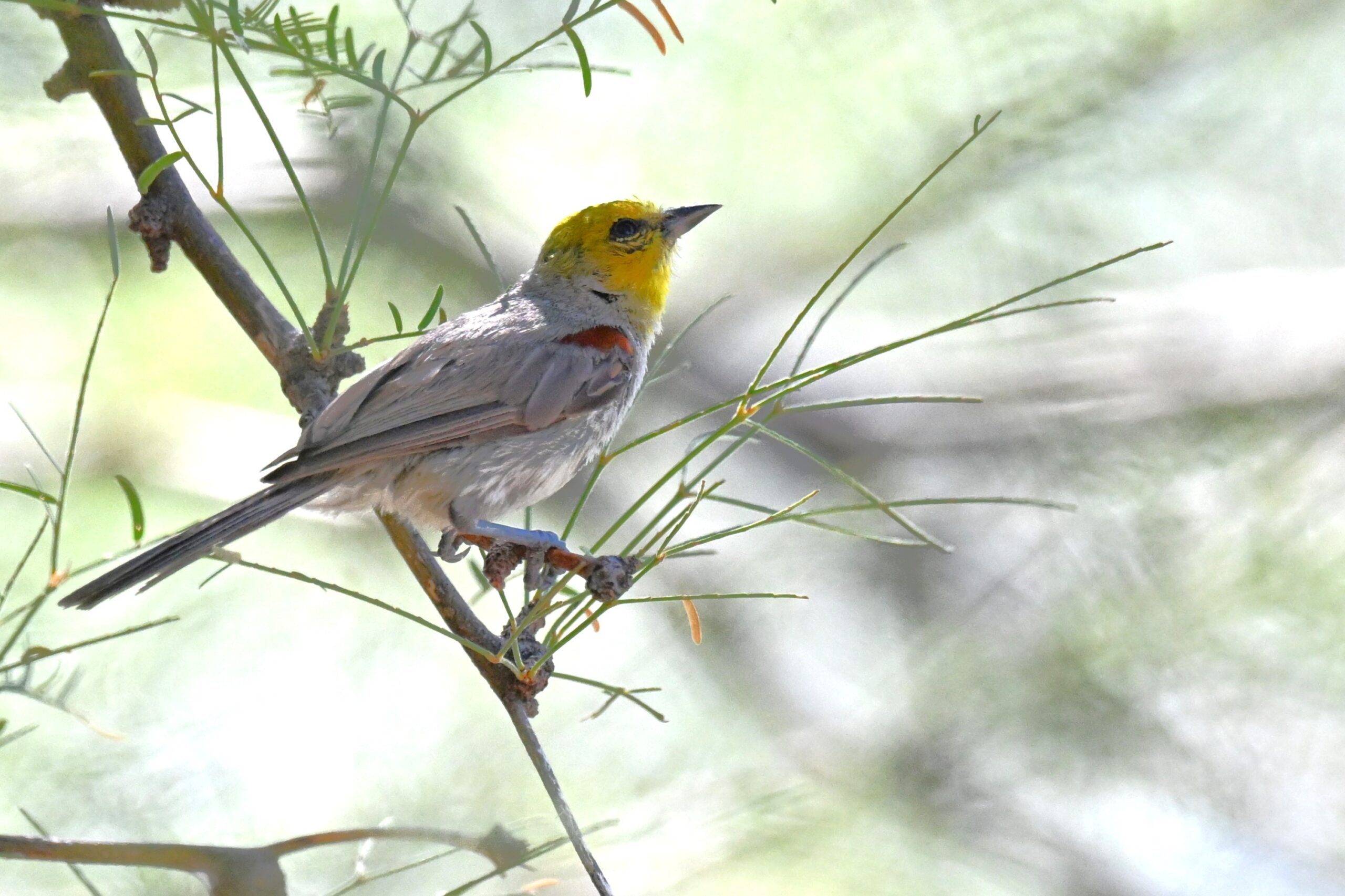
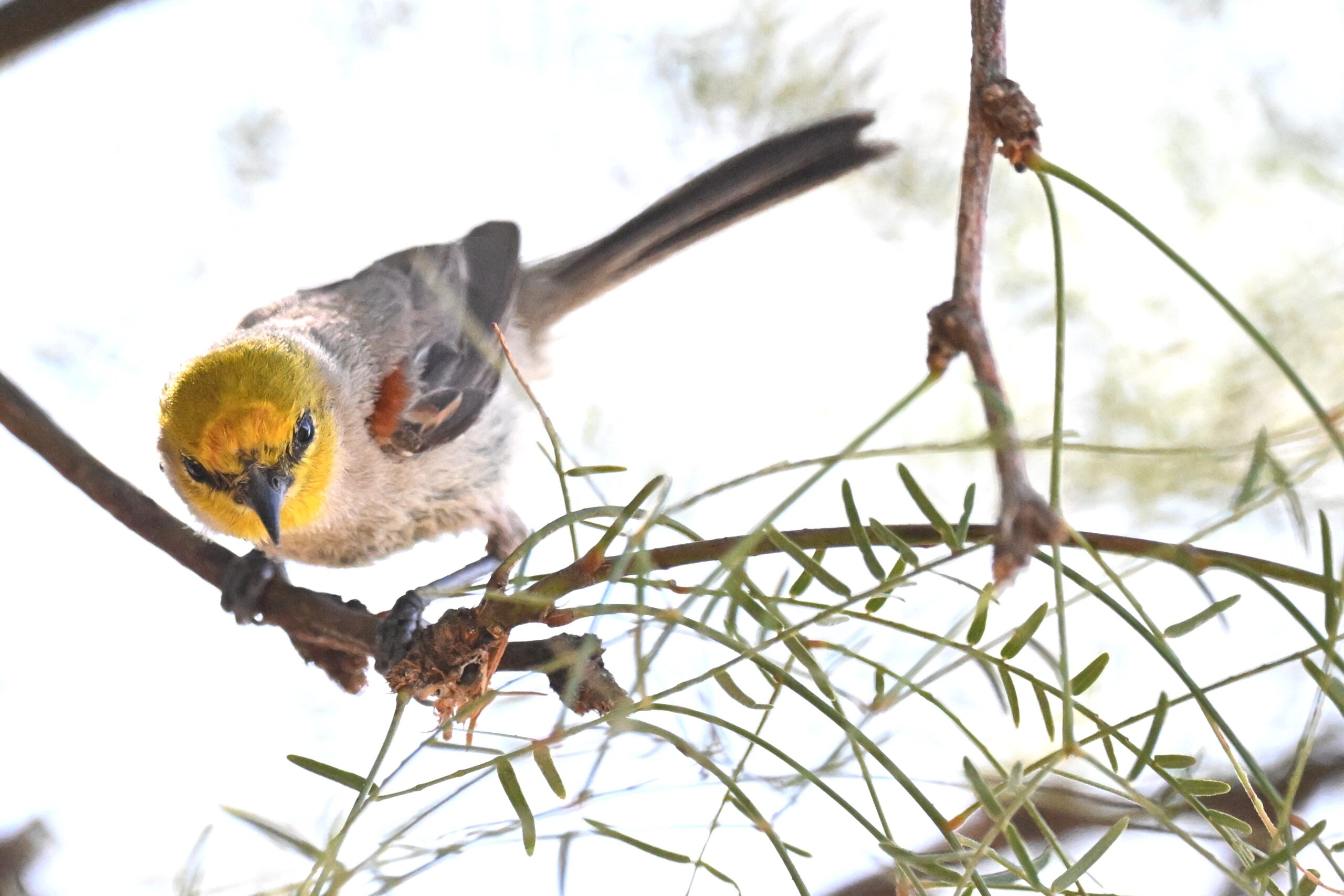
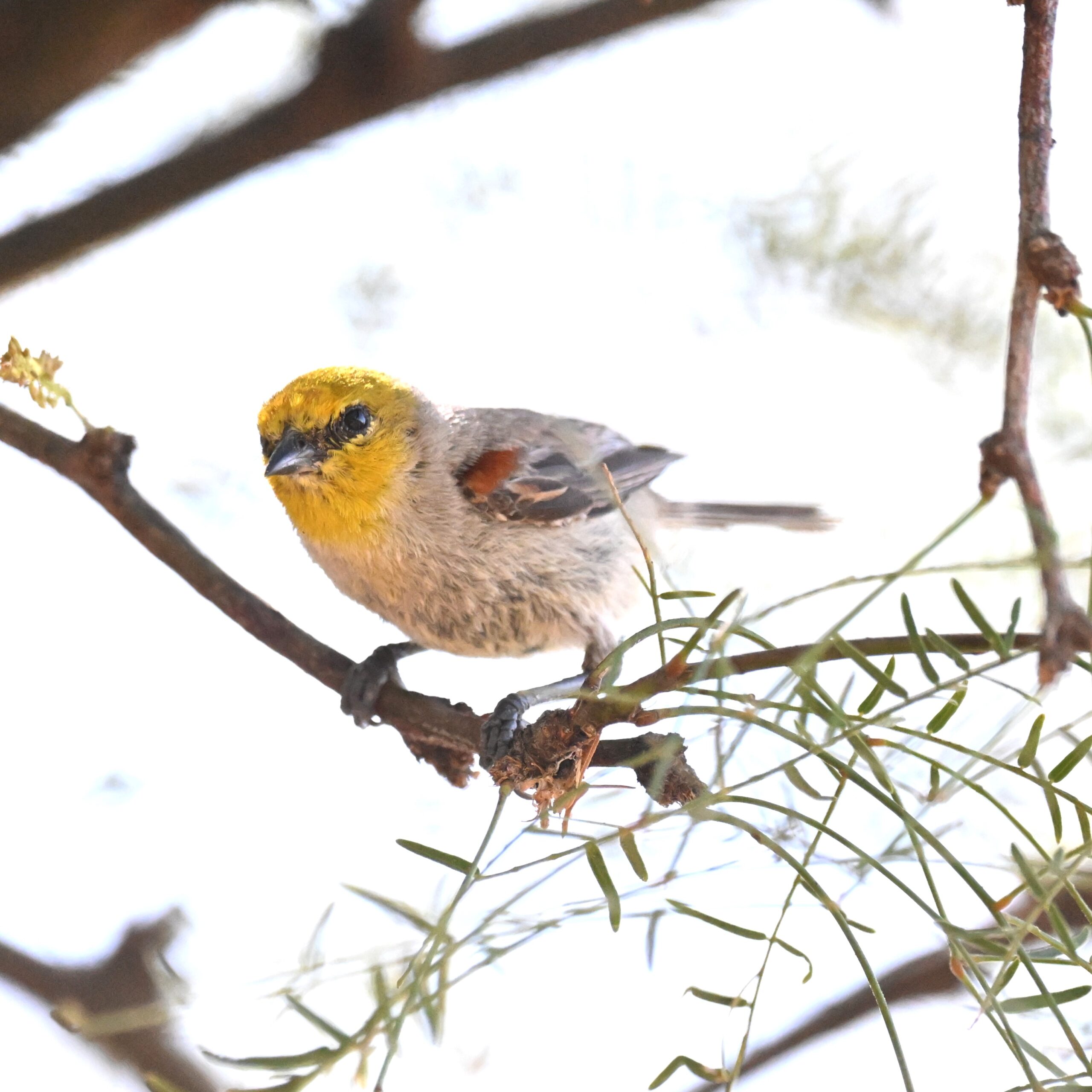
Next up, number one on the Arizona “uncommon birds you might actually see list,” the always popular and beautiful Vermillion Flycatcher. First up, female.
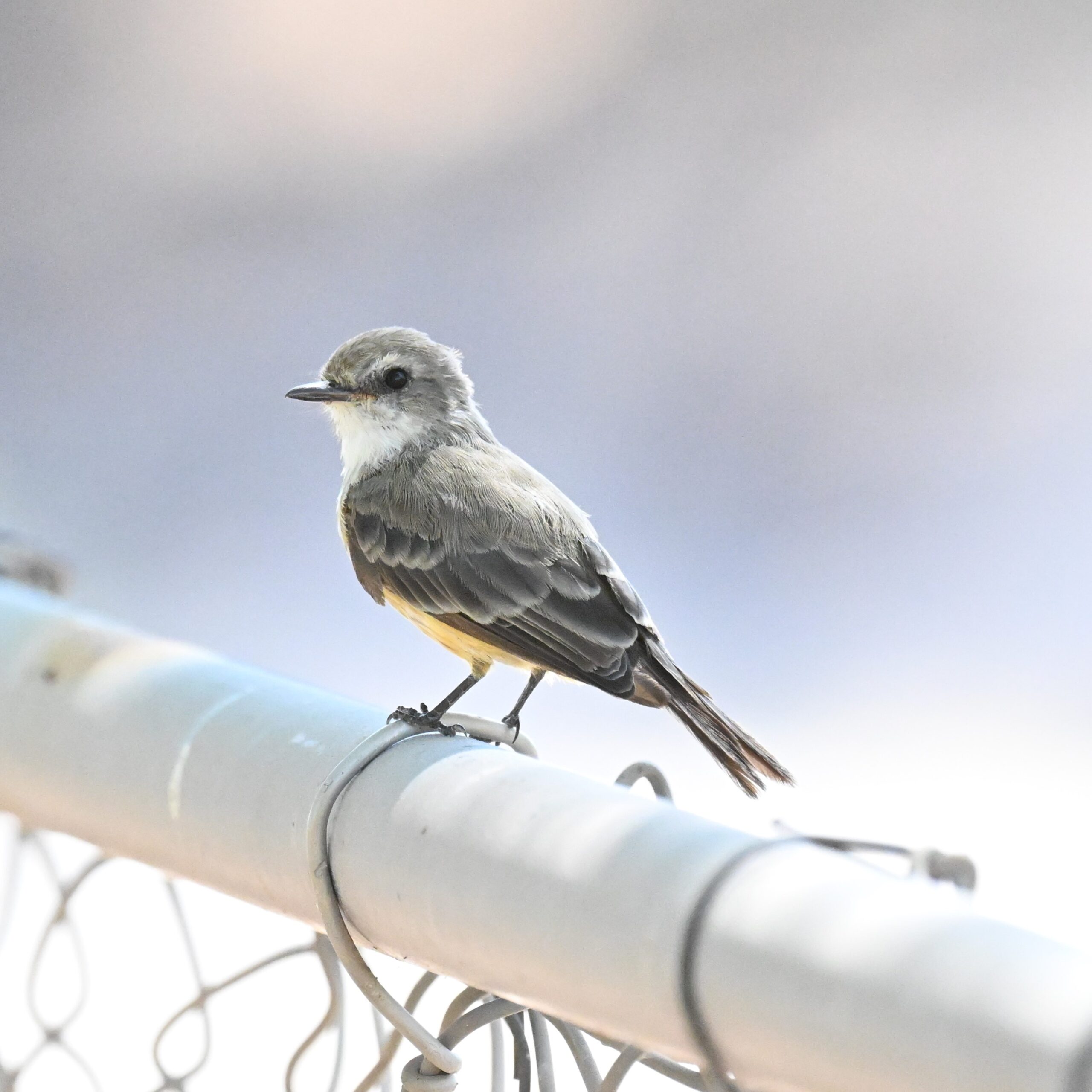
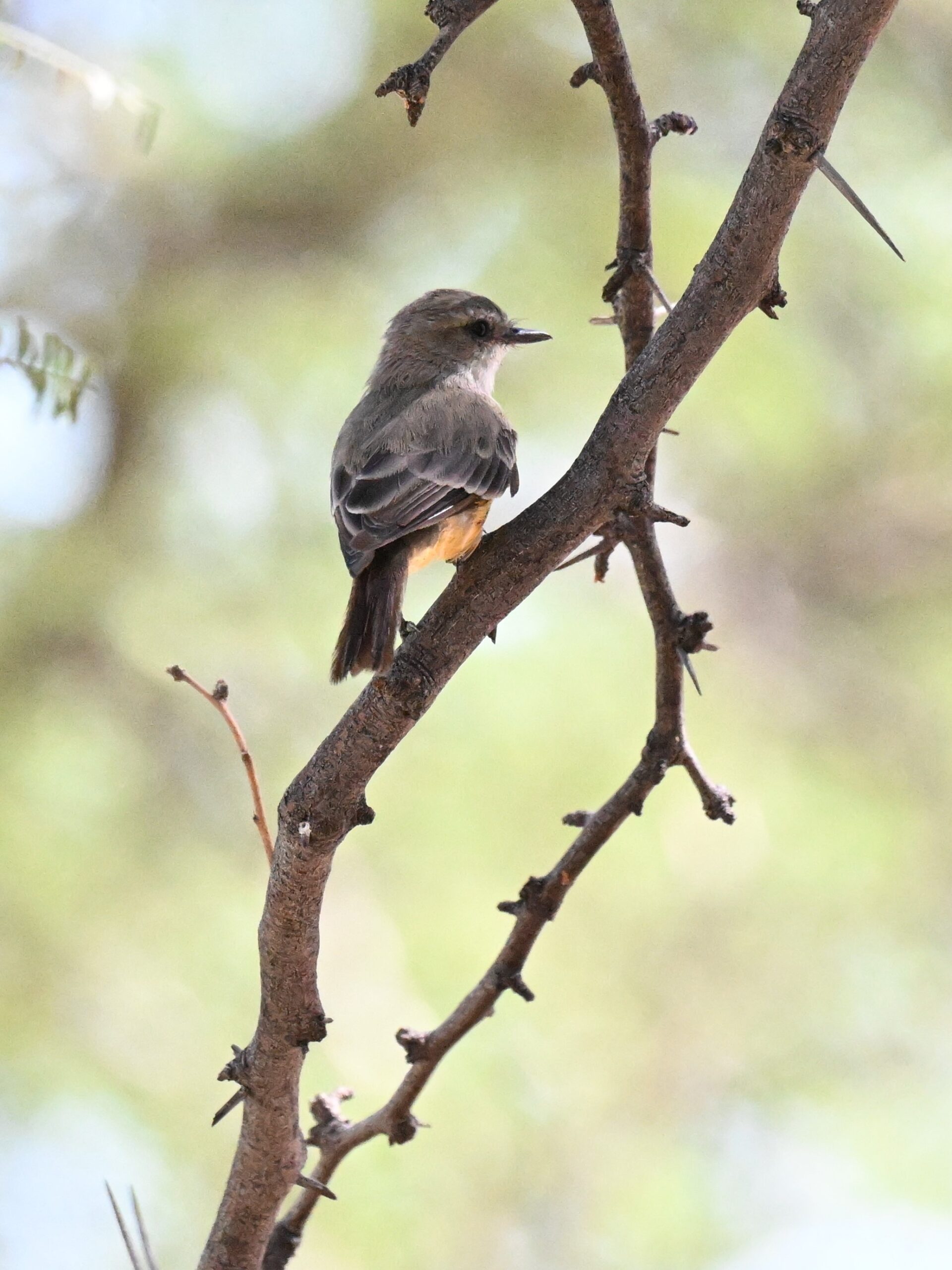
And the more aptly named male:
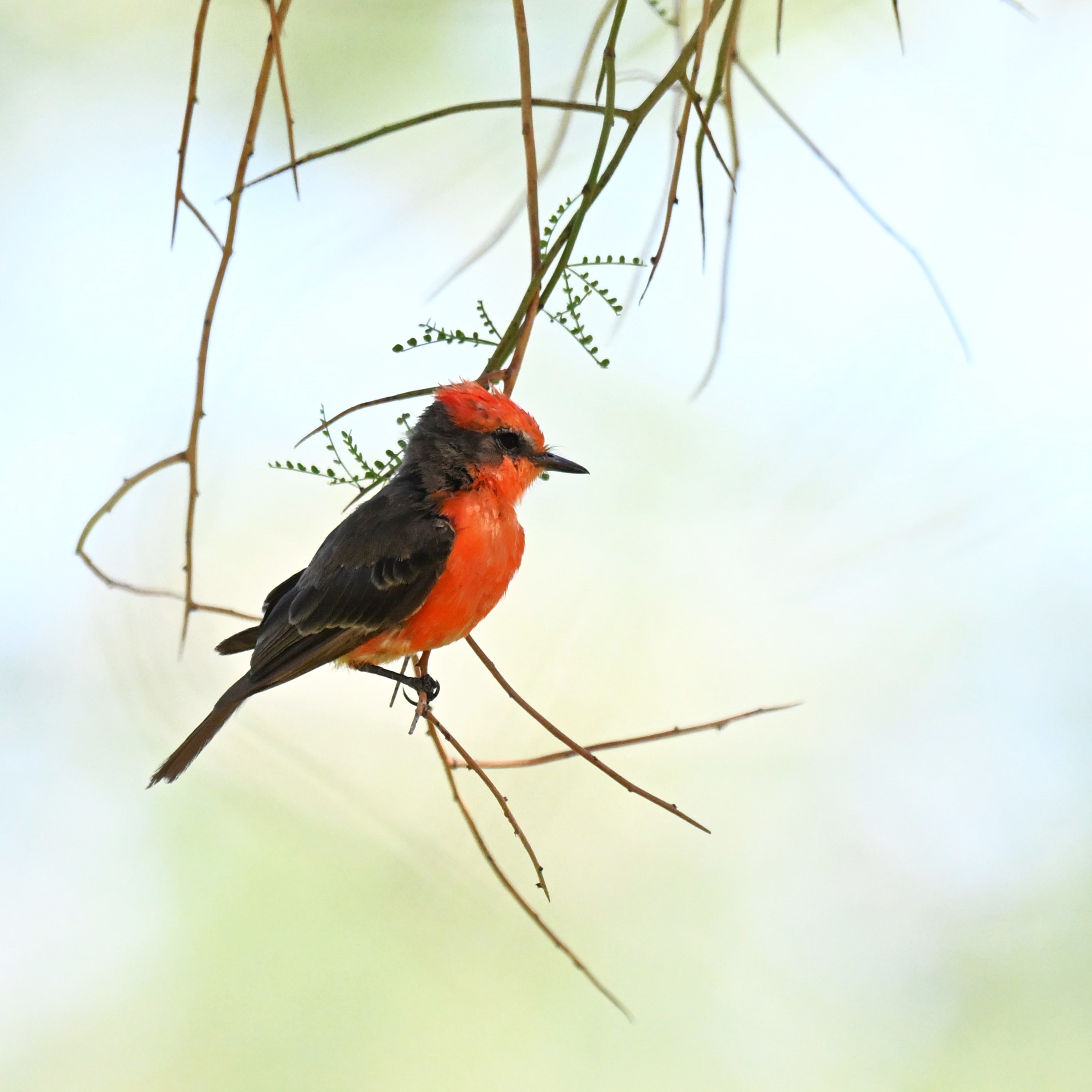
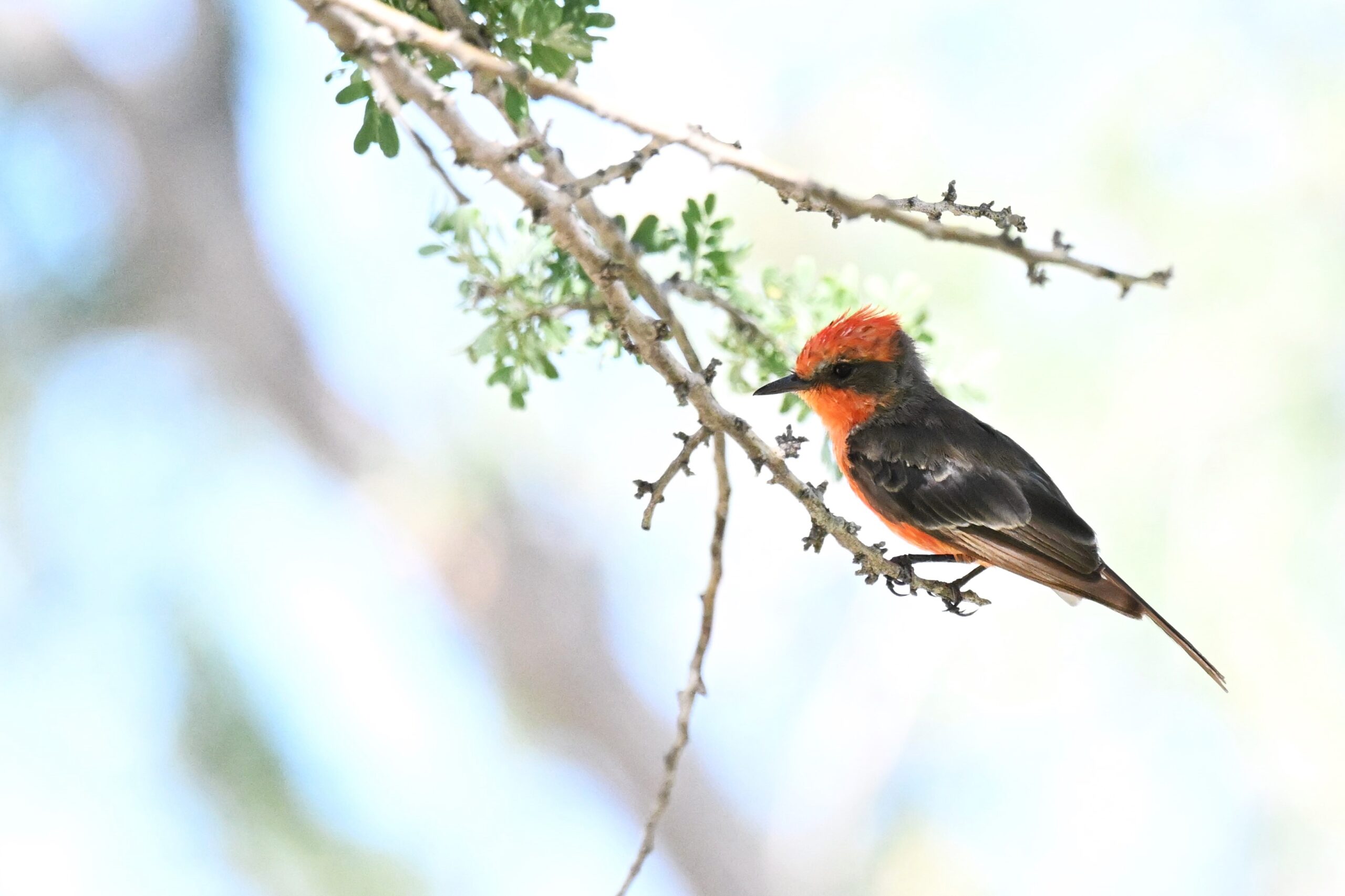
Adjacent Maeveen Behan Desert Sanctuary also highly recommended, just not for birding during the heat of the day. #heat_exhaustion
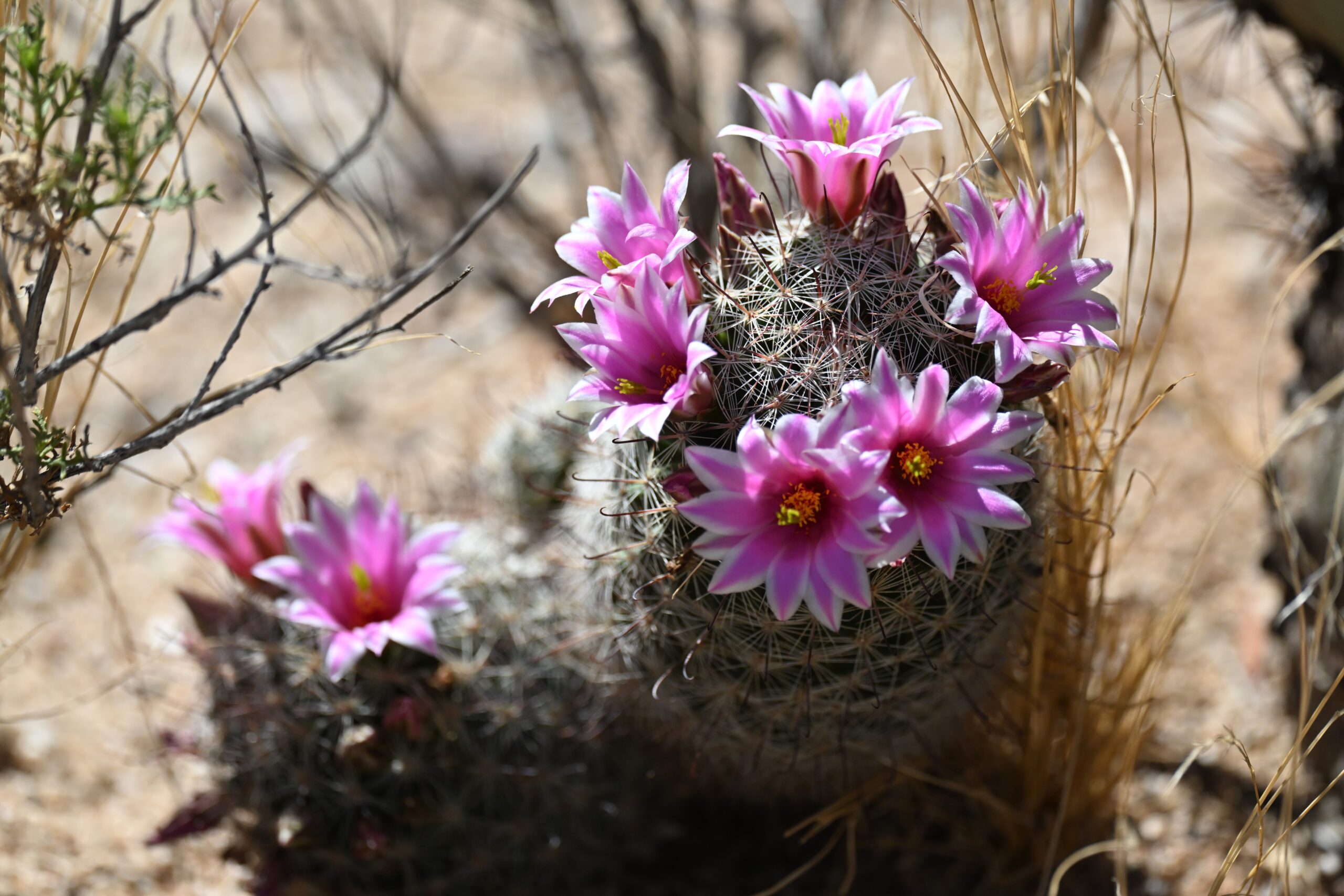
Another great greater Tucson location, Catalina State Park in Oro Valley. With bonus Vermillion Flycatcher!
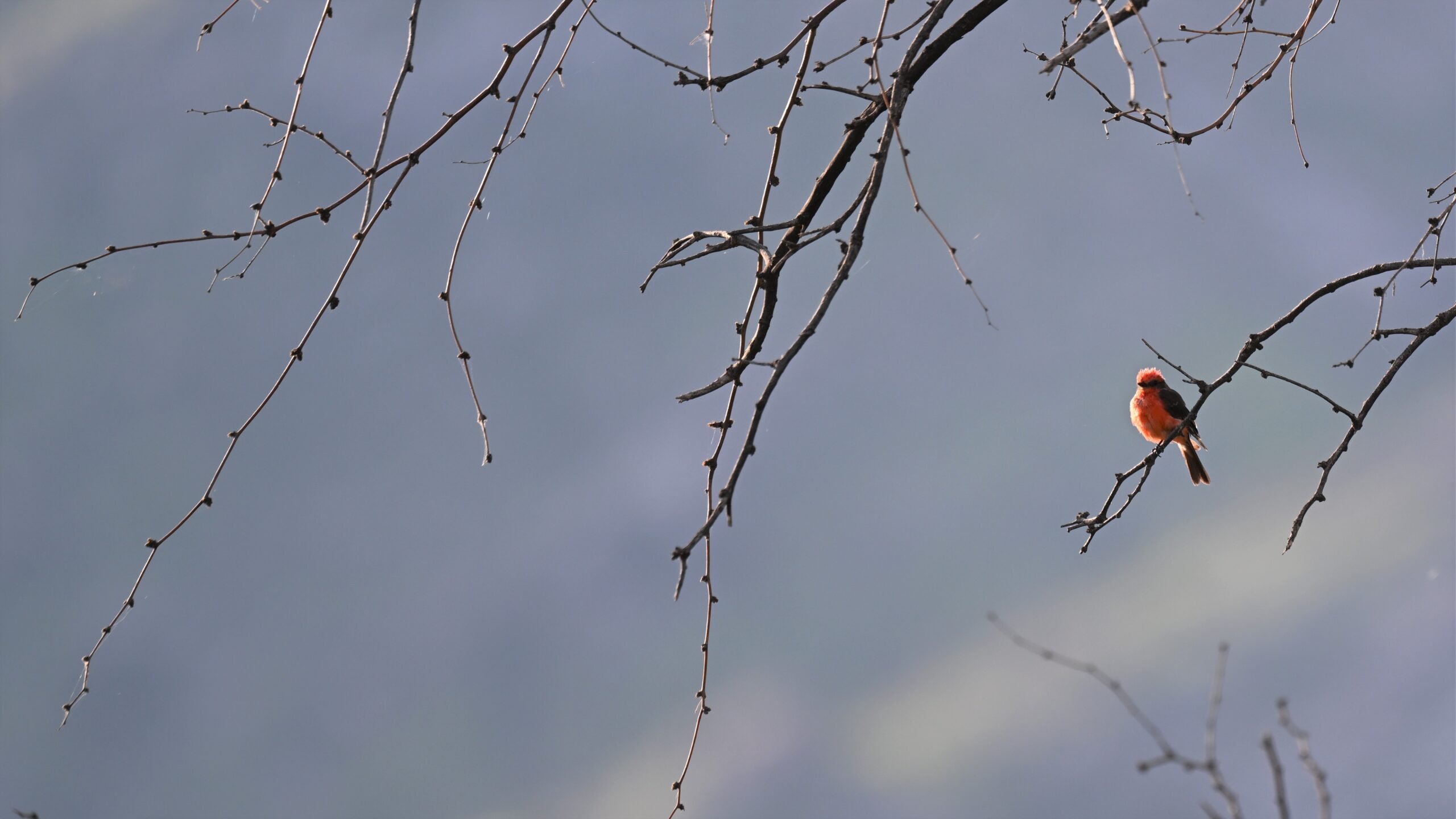
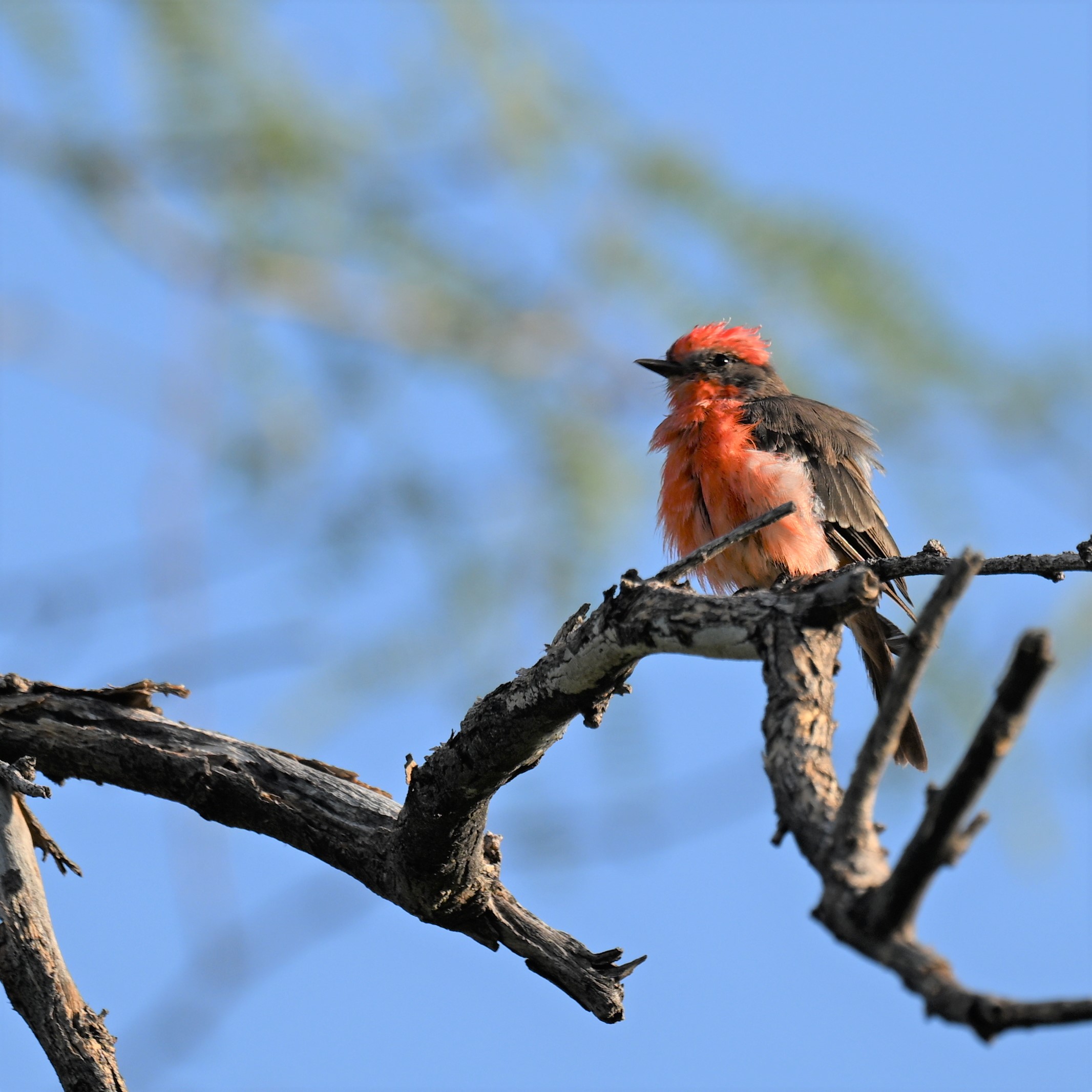
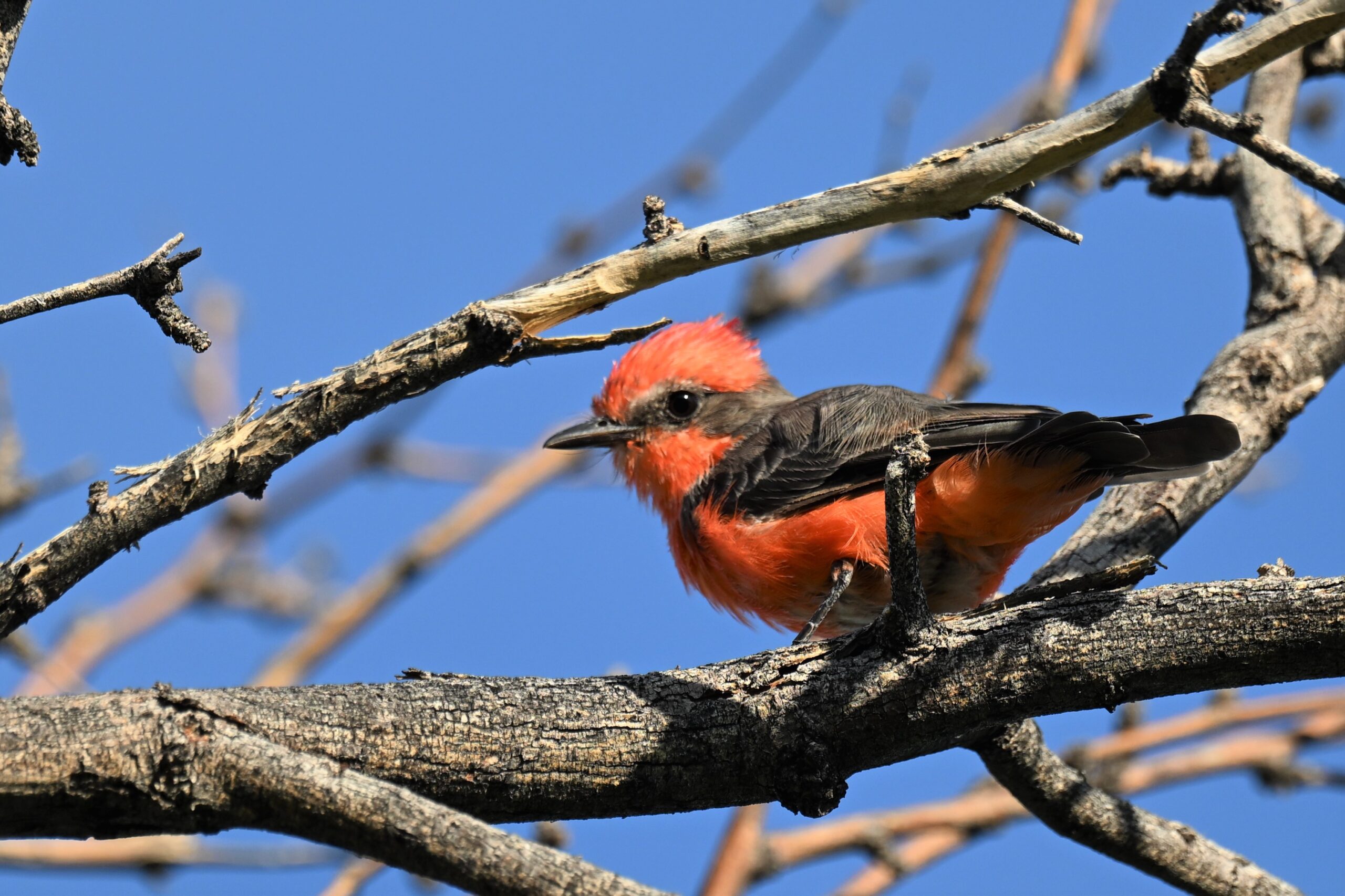
Immature male Great-tailed Grackle at Christopher Columbus Park:
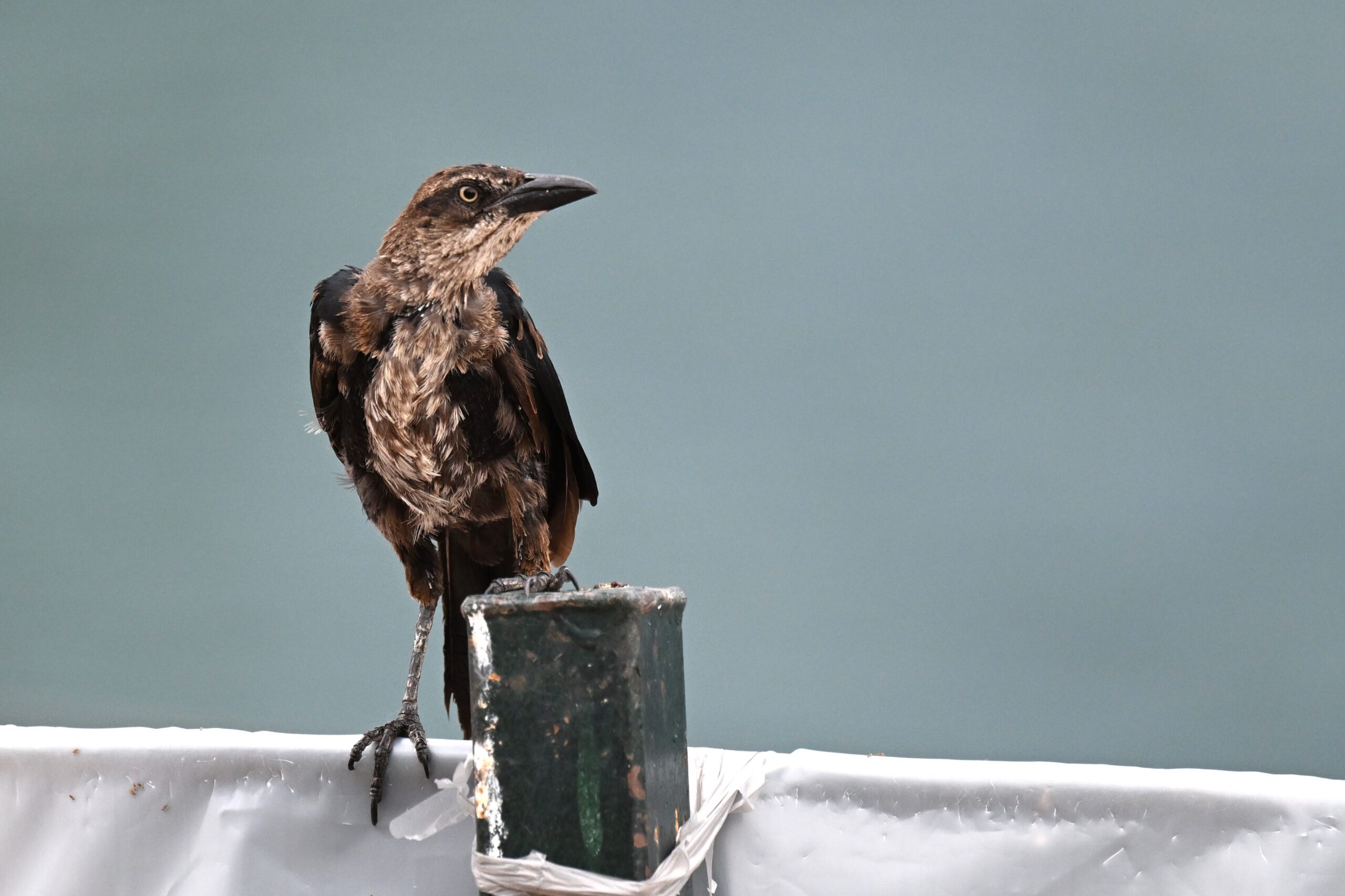
Finally, a few from perhaps the premier “in town” Tucson birding spot, Sweetwater Wetlands.
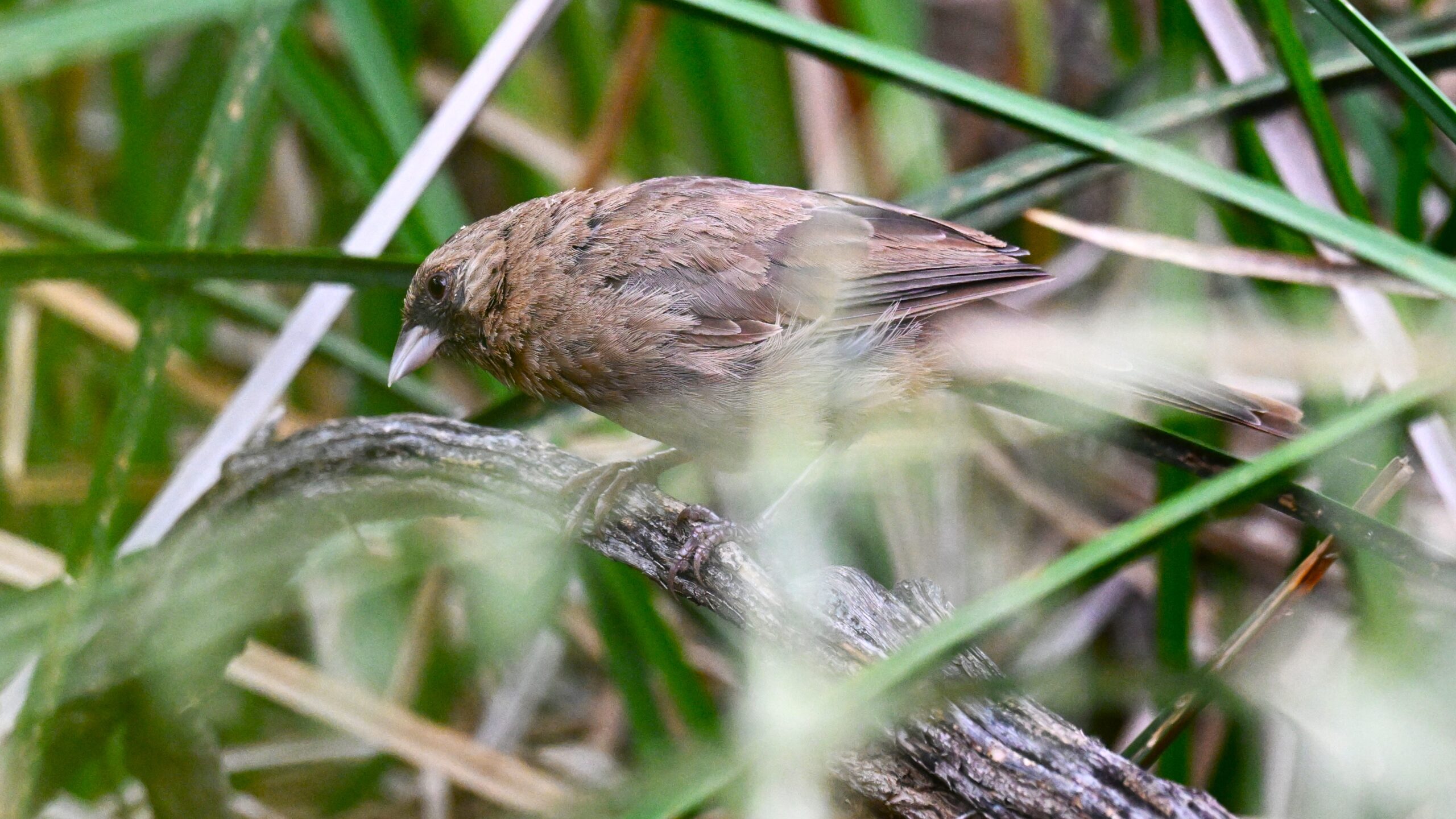
Following is a tough one. Perhaps female Hooded Oriole (!)
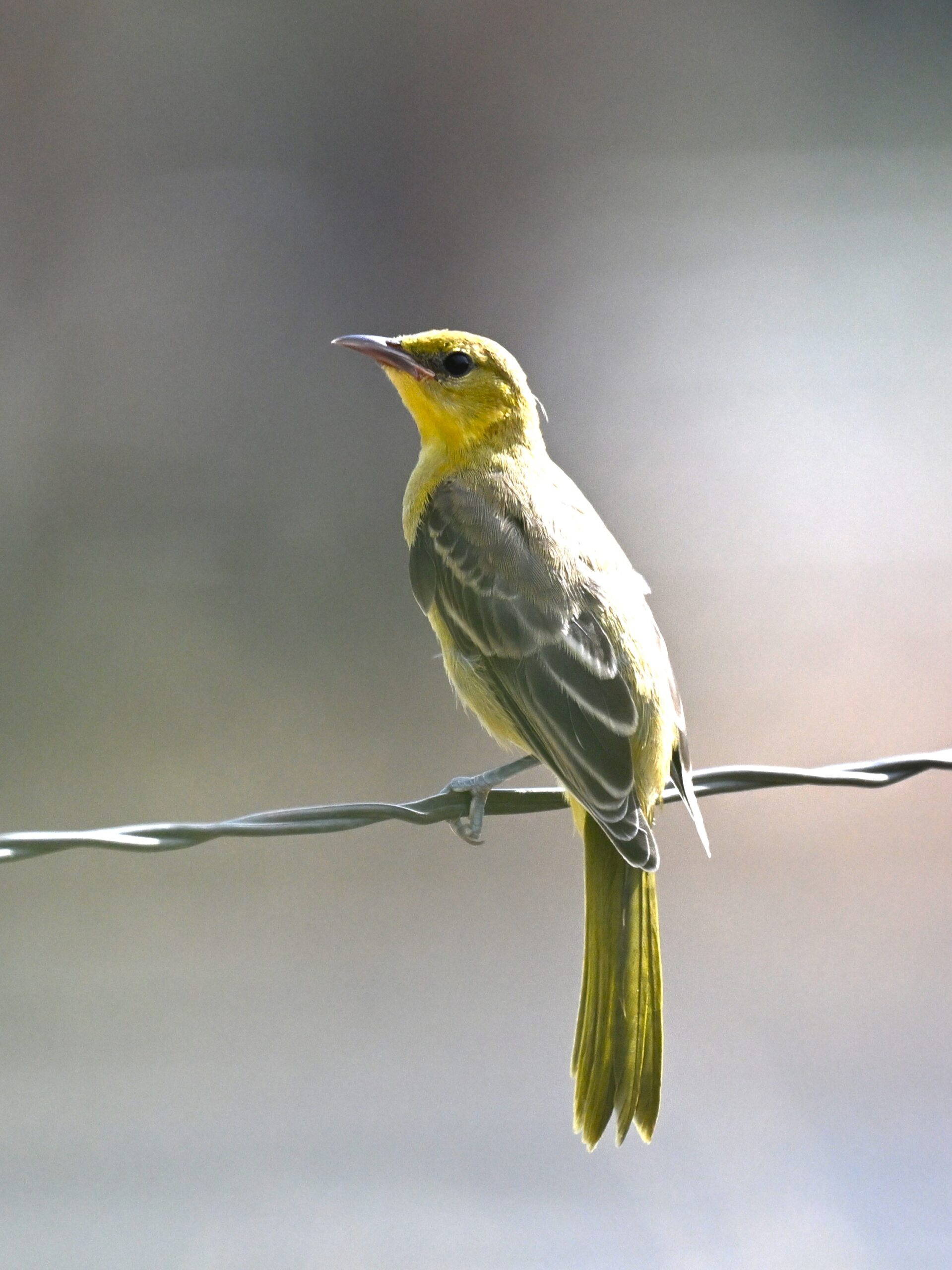
With its black cap, a little easier to ID the lovely male Black-tailed Gnatcatcher, another classic denizen of the desert SW:
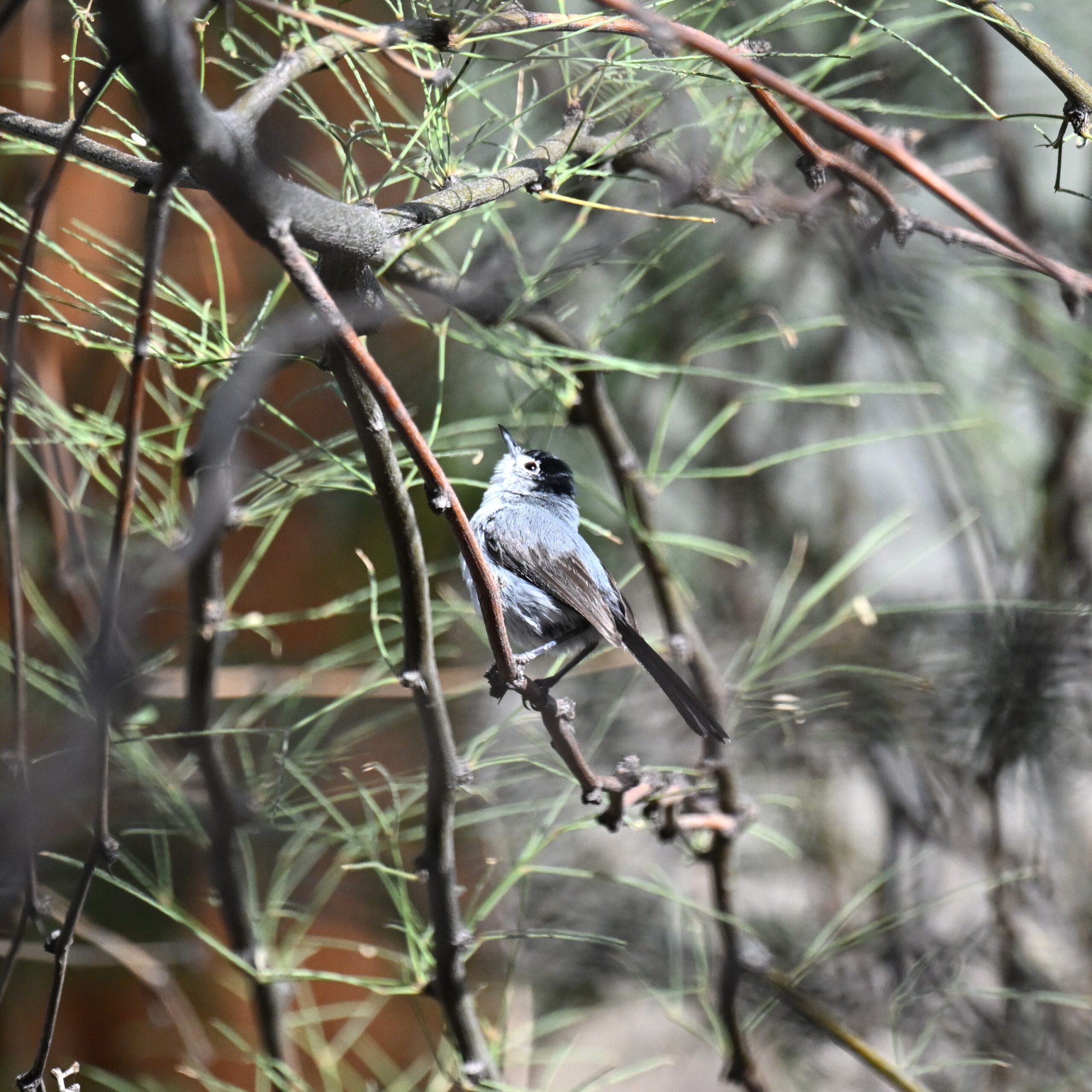
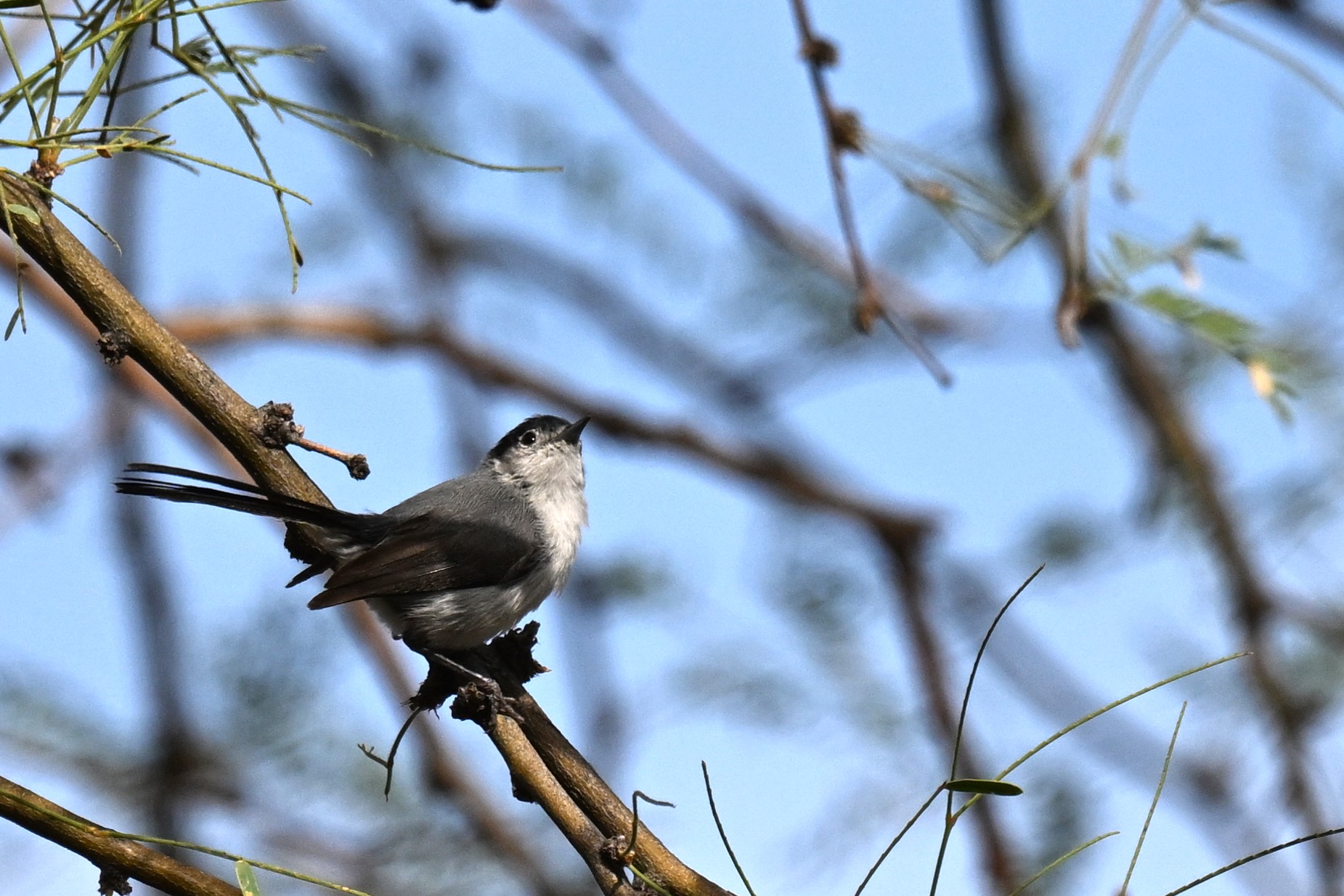
Couple more from a different day:
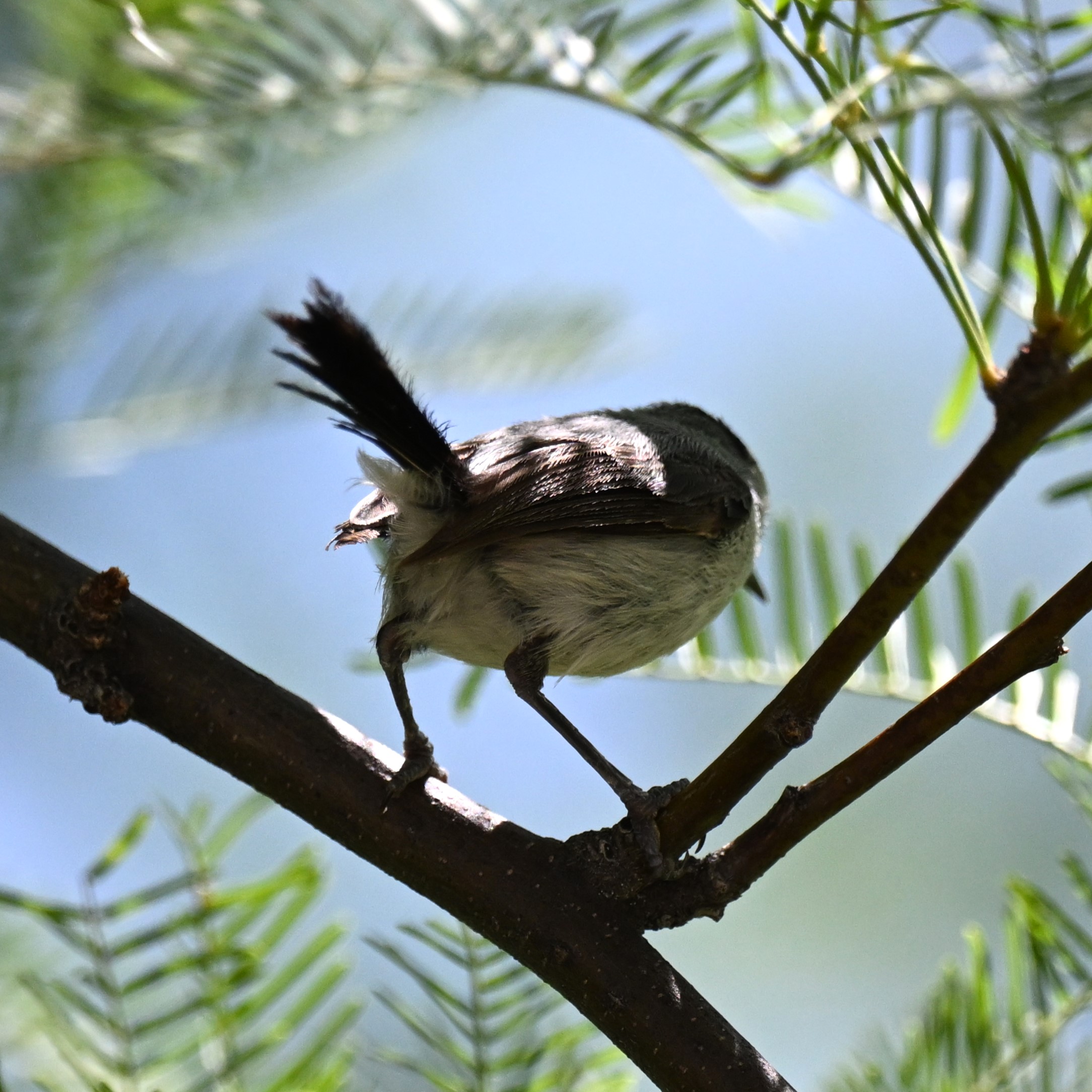
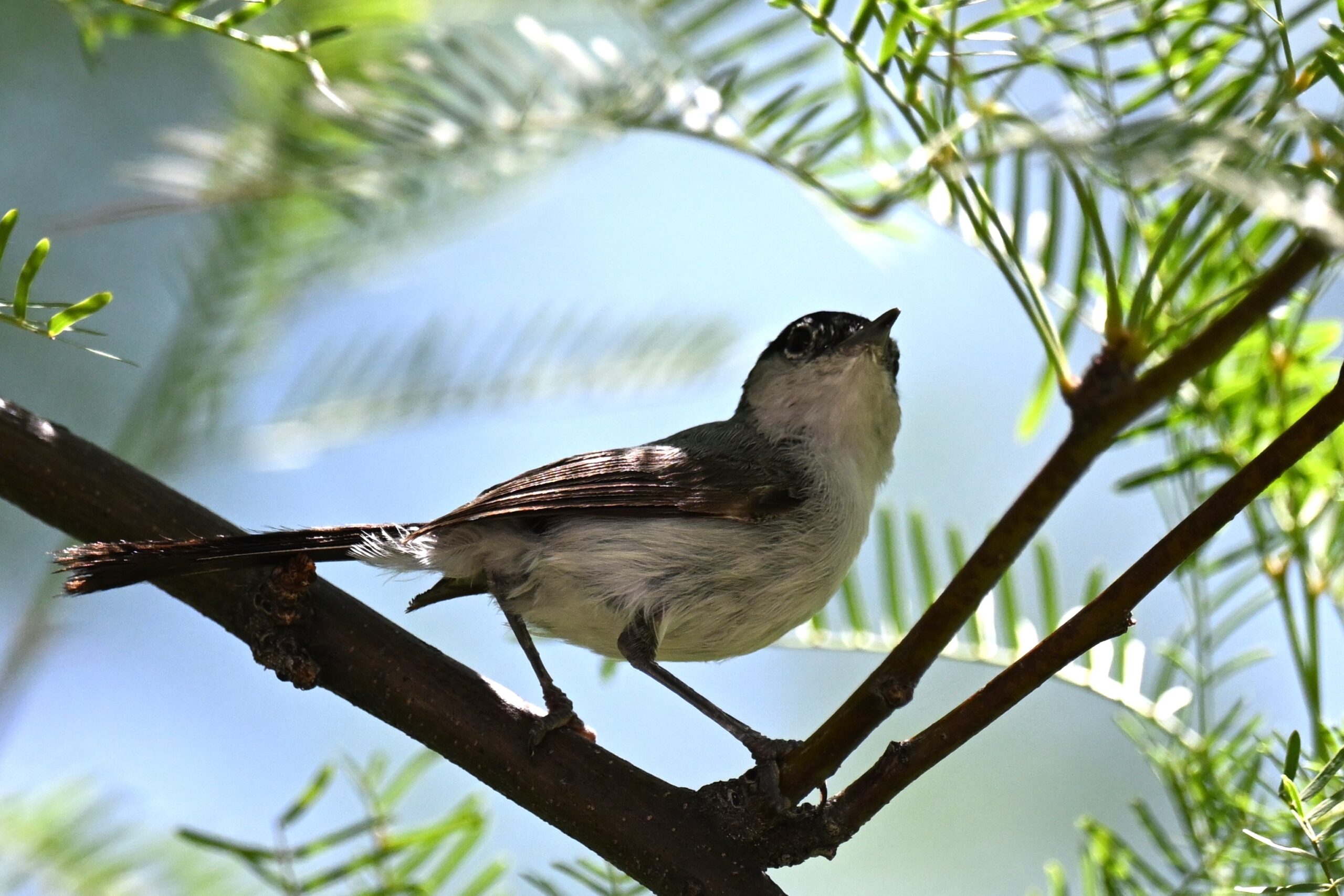
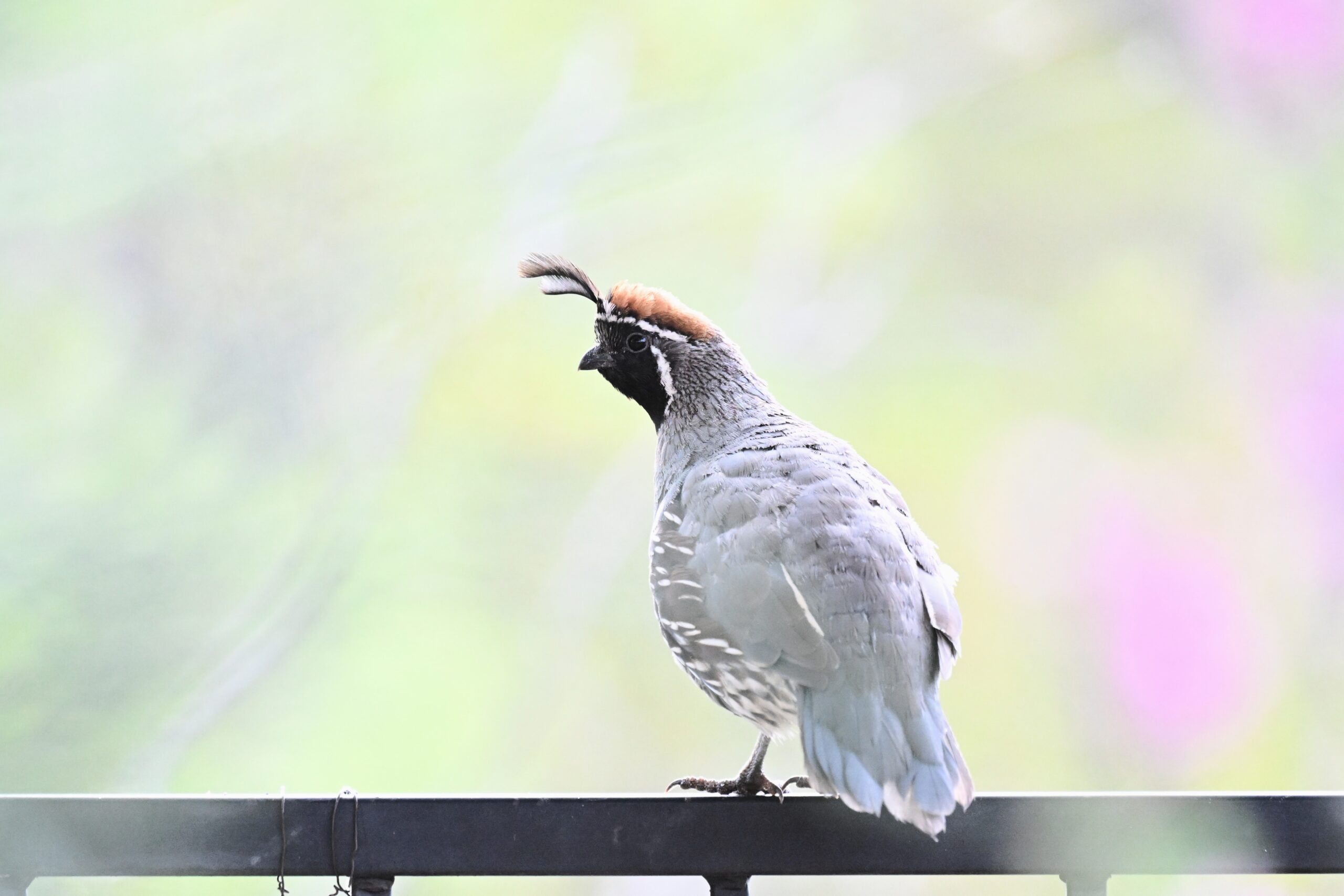
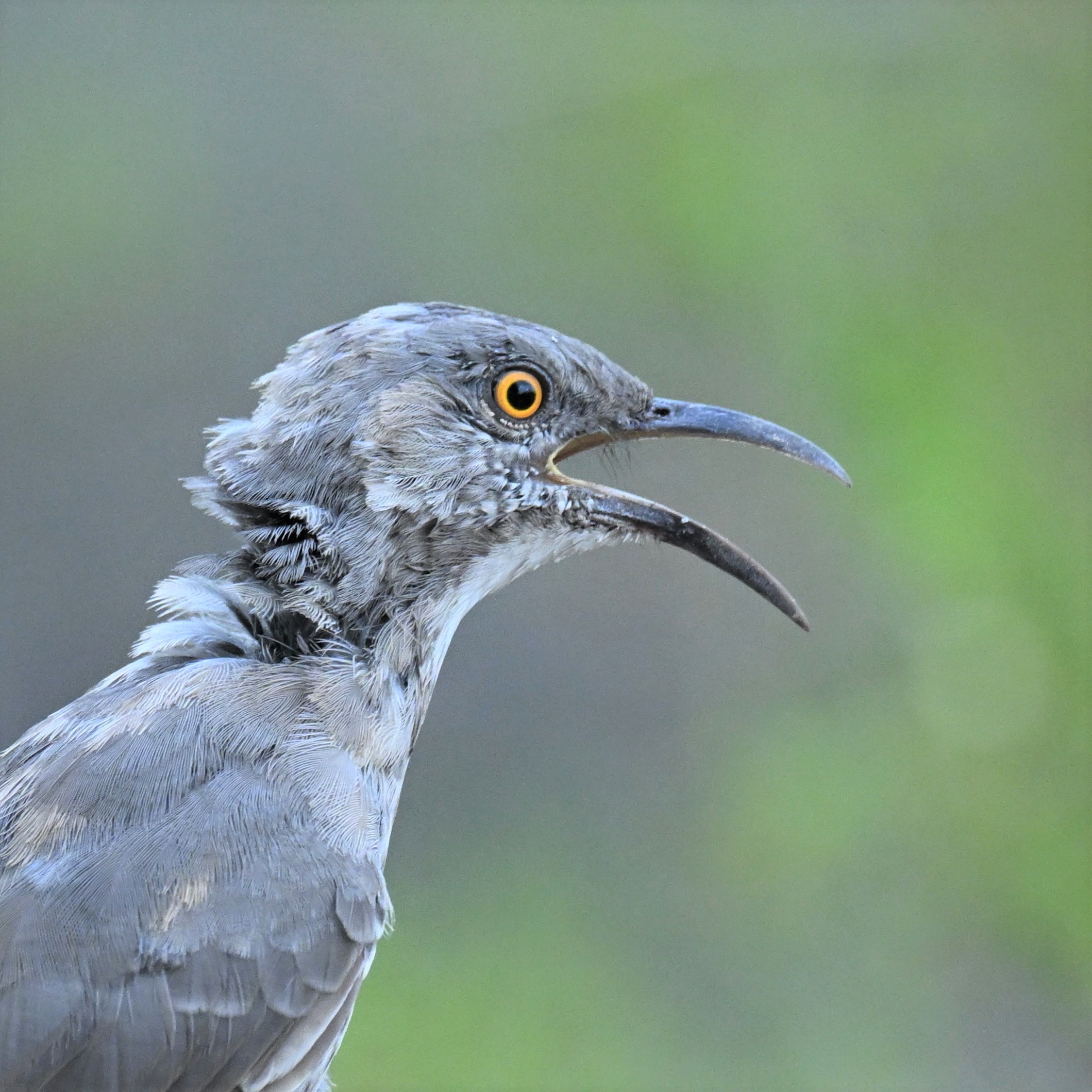
Stay tuned: back soon with more excellent hummingbird content!